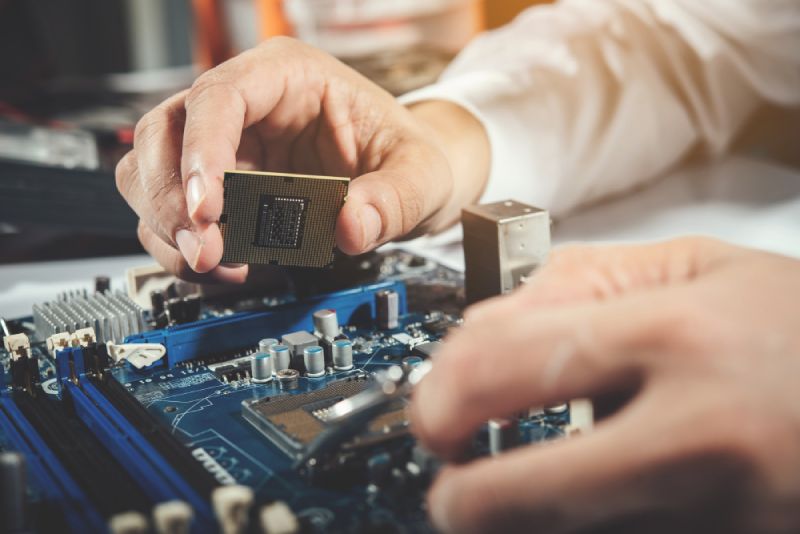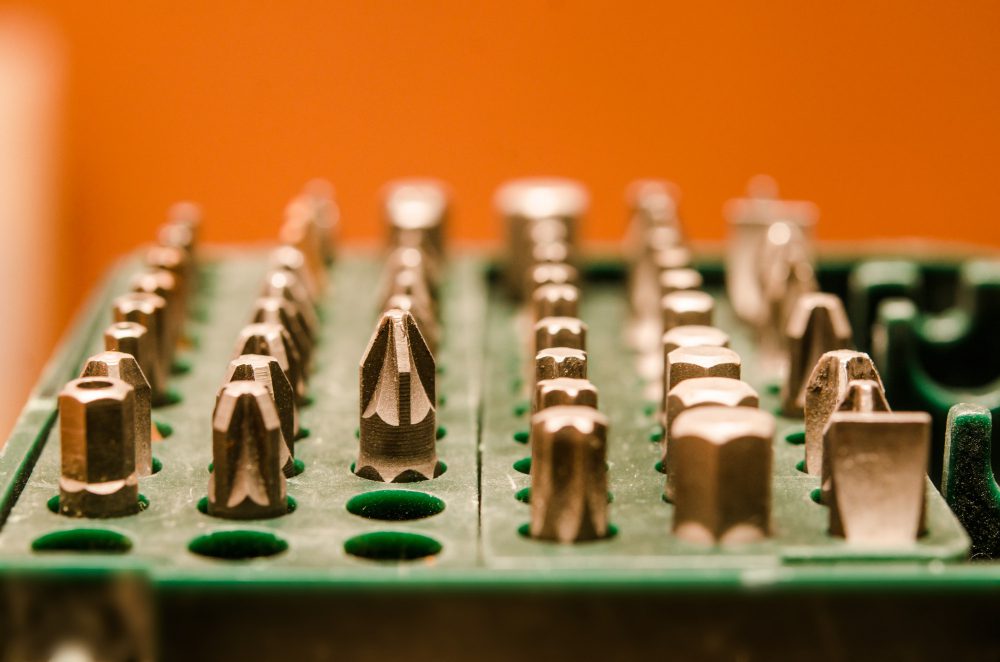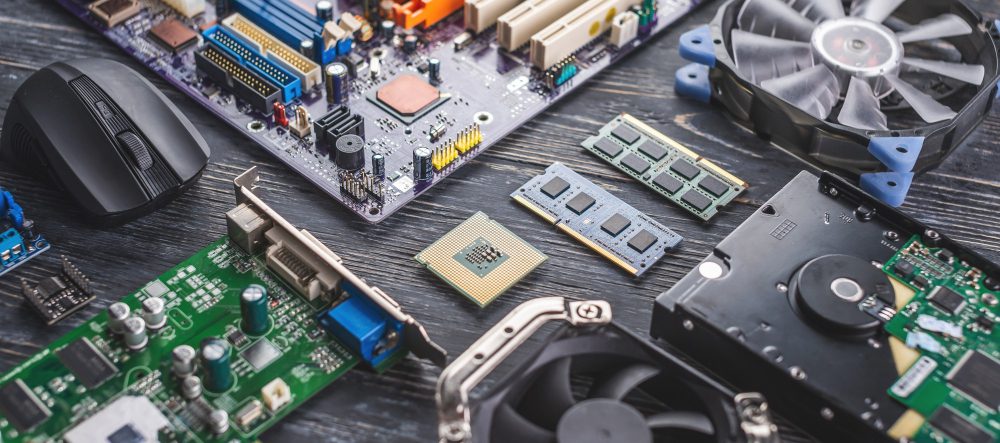What Makes a Good Workstation Motherboard?
Introduction
When it comes to building a workstation for professional use, one of the most critical components to consider is the motherboard. A good workstation motherboard not only provides the necessary hardware connections for your system but also determines the performance capabilities of your computer. In this article, we’ll discuss the essential features that make a good workstation motherboard.
What to Look for in a Workstation Motherboard?
CPU Socket Support: The CPU socket is the most crucial component of a motherboard, as it connects the processor to the rest of the system. When choosing a workstation motherboard, it’s important to pick one that supports your chosen CPU. The socket type and CPU compatibility are typically listed in the motherboard specifications.
Memory Support: Memory support is another critical factor to consider when choosing a motherboard. Most motherboards support DDR4 memory modules, which are faster and more efficient than their DDR3 counterparts. Look for a motherboard that supports a sufficient amount of RAM to meet your workflow requirements.
PCIe Slots: PCIe slots are essential for expansion cards such as graphics cards, sound cards, and network cards. Ensure that the motherboard has enough PCIe slots to accommodate your expansion needs.
NVMe M.2 Slots: NVMe M.2 slots are used for high-speed storage devices such as solid-state drives (SSDs). Make sure the motherboard has enough M.2 slots to meet your storage requirements.
USB and Thunderbolt Support: A workstation motherboard should have a sufficient number of USB ports to connect peripherals such as external drives, cameras, and other devices. Thunderbolt support is also essential for high-speed data transfers and connecting to external displays.
Additional Features to Consider
ECC Memory Support: ECC memory can detect and correct errors in memory, which is critical for mission-critical applications. Not all motherboards support ECC memory, so ensure that the motherboard you choose supports this feature if you require it.
Networking: For professional use, a workstation motherboard should have reliable networking features such as gigabit Ethernet, Wi-Fi, and Bluetooth.
Overclocking: If you need to push your workstation’s performance beyond its default limits, consider purchasing a motherboard that supports overclocking features.
How do I know if my motherboard is good enough?
Determining if your motherboard is “good enough” really depends on what you need your computer to do. Here are some factors to consider:
- Compatibility: The motherboard must be compatible with the other components of your system. This includes the CPU (make sure the socket matches), RAM (DDR4, DDR5, etc.), and possibly the graphics card (if it requires certain PCI slots).
- Expansion Slots and Ports: Ensure the motherboard has enough PCI slots for your needs. This could include slots for a graphics card, sound card, or other expansions. Check for the right kind and amount of I/O ports such as USB, HDMI, and Ethernet.
- RAM Slots and Maximum RAM: More RAM slots can allow for future upgrades. Also, check the maximum RAM capacity of the motherboard.
- Form Factor: The motherboard must fit into your chosen case. Common form factors include ATX, Micro-ATX, and Mini-ITX, from largest to smallest.
- Features: Depending on your needs, you might want certain features such as built-in Wi-Fi, Bluetooth, or high-quality audio. For gamers or those who plan to overclock, look for motherboards with good heat dissipation and strong power delivery.
- Quality and Reliability: Look for motherboards from reliable brands. Check reviews and ensure the motherboard is made with high-quality materials and offers good support.
- BIOS/UEFI Interface: A good BIOS/UEFI interface can make setup and troubleshooting easier.
- Future Proofing: If you plan on upgrading your system in the future, ensure your motherboard will be able to support those upgrades, for instance, future generation CPUs, increased RAM capacity, NVMe drives, etc.
If you’re building a system for a specific purpose such as gaming, video editing, or music production, it might be worth researching what motherboards are recommended for that purpose.
Conclusion
When building a workstation computer, investing in a good motherboard is critical to ensure the capability and longevity of the system. Look for a motherboard that supports your chosen CPU, memory requirements, expansion needs, and has additional features to meet your specific workflow requirements. By properly selecting a motherboard, you can ensure your workstation system performs at its best while meeting all of your needs.



